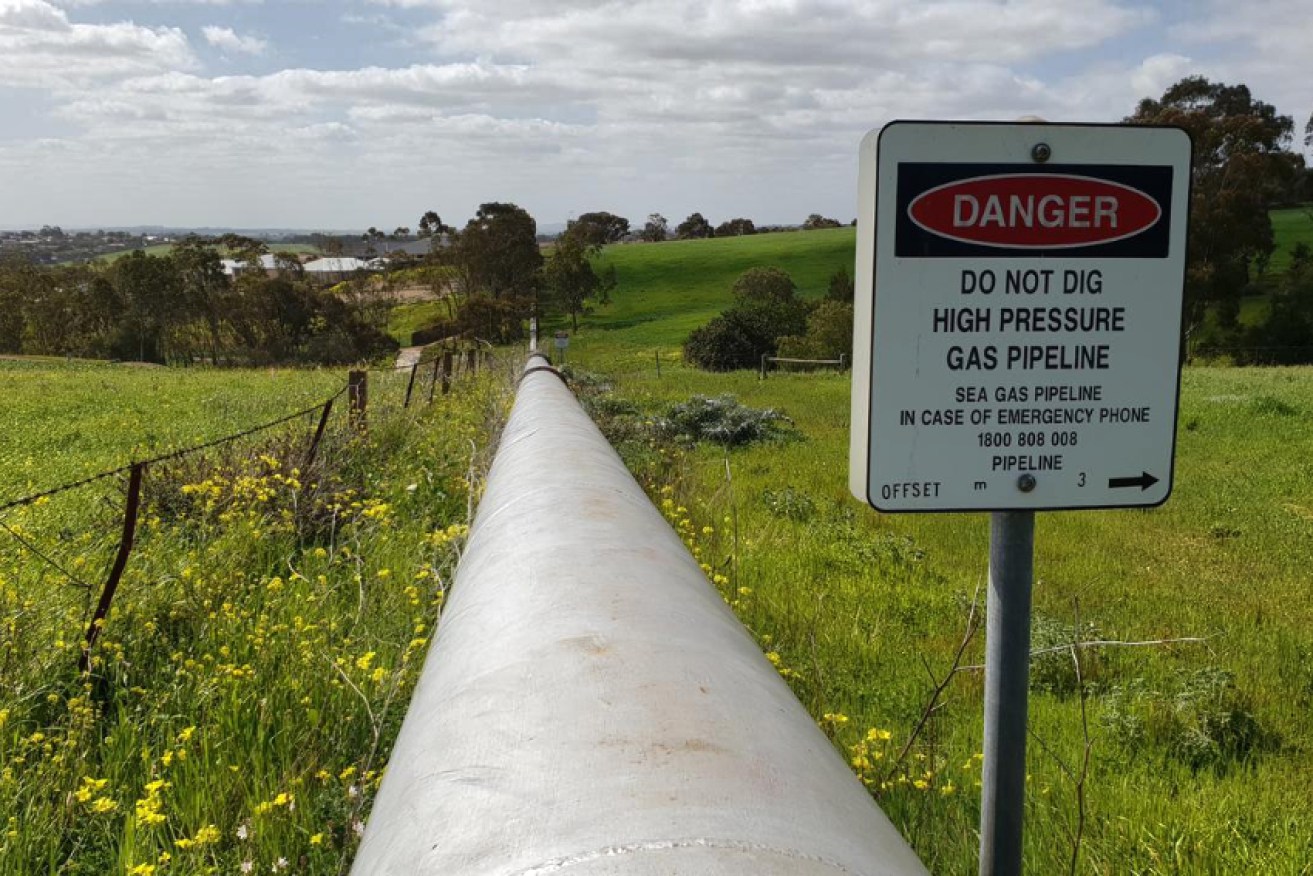Tiny satellites to monitor SA gas pipeline
Fleet Space has developed a cost-effective, 24/7 surveillance system using Internet of Things (IoT) technology to monitor gas pipelines.

The Adelaide-based space company is working with SEA Gas to install Smart Posts along an 800km pipeline from Adelaide to Port Campbell in Victoria.
Stage one of the project has begun, with works on a 13km section of pipeline near Murray Bridge to be completed early in 2021.
SEA Gas, a gas transmission business based in Adelaide, owns and operates the SEA Gas pipeline between South Australia and Victoria.
The pipeline delivers gas to gas-fired power stations as well as gas to meet the industrial, commercial and domestic needs in Adelaide, Victoria and regional centres.
Fleet Space Co-founder and CEO Flavia Tata Nardini said hundreds of the company’s Smart Posts would be deployed along the SEA Gas pipeline.
“Posts along the pipeline easement are equipped with event recognition sensors,” Tata Nardini said.
“These sensors are trained in-field through machine learning software to identify the difference between a set of passable or unwanted activities along the pipeline.”
Tata Nardini said examples of unwanted activities would be interference by animals, people or heavy equipment that could harm the pipeline.
“The devices transmit pre-determined alerts to the Fleet Space terrestrial network, where further processing occurs before the information is sent to a cloud-based network management system called Nebula at the client’s control room.”
This data is fused with earth observation mapping visualisation and transmitted over the low-cost Fleet Space nanosatellite network to give SEA Gas reliable information about their entire pipeline network around the clock.
Tata Nardini said the most significant learning for utilities from this project would be the value of 24/7 digital monitoring access across a vast network of linear assets.
“Manually monitoring at this scale would usually cost in the order of millions of dollars per year to achieve the same result,” Tata Nardini said.
“This hybrid communications system will give SEA Gas the best of both worlds – low power devices, connected anywhere they’re needed, with a solution for truly massive IoT deployments.”
Projected savings through the automated monitoring system are estimated to be $200,000 per year, through the redeployment of labour currently dedicated to pipeline patrol activities.
This technology can be scaled up for large scale use across utilities infrastructure, which Tata Nardini says could save the global industry billions of dollars.
“(It will) significantly reduce the risks associated with operating high-pressure gas pipelines,” Tata Nardini says
“In the US, there have been ongoing pipeline explosion events due to pipe condition and external interruptions which have been catastrophic.
“In the period 2015 to 2017 alone there were 12 deaths and 10 injuries.”
Eric Bardy, Head of Operations at SEA Gas, said the smart network could not only act as a reliable control but also offer an enhanced method of risk mitigation as part of safety management study assessments.
“More effective surveillance of our pipeline system, utilising a combination of technologies will continue to reduce the existing low risk of our operation,” Bardy said.




